Proof of Residency Letter from Parent Template Guide
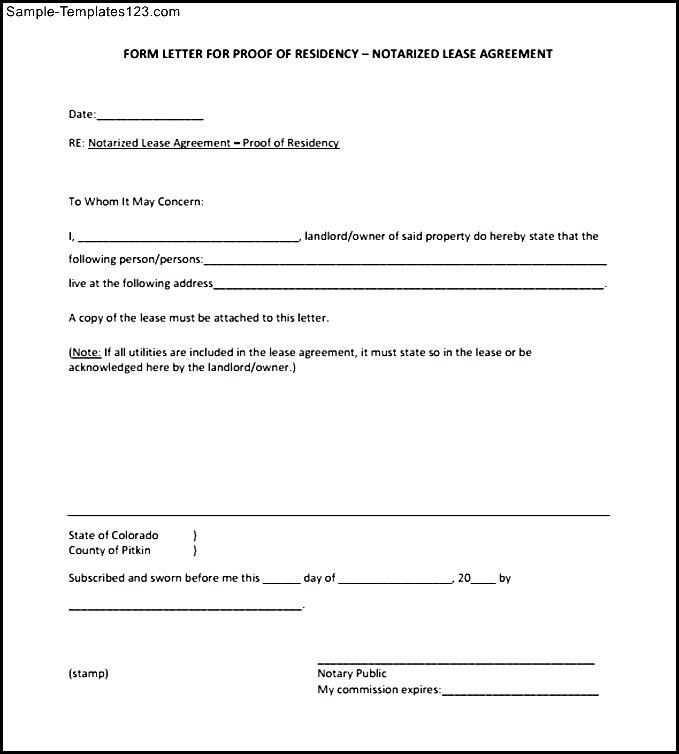
In certain situations, confirming where a child lives may be necessary for school enrollment, medical care, or other official matters. A formal document stating that a child resides at a particular address, usually verified by a guardian, is required to fulfill such needs. This document serves as proof to authorities and organizations that the child is indeed living at the given location.
Key Information to Include in the Document
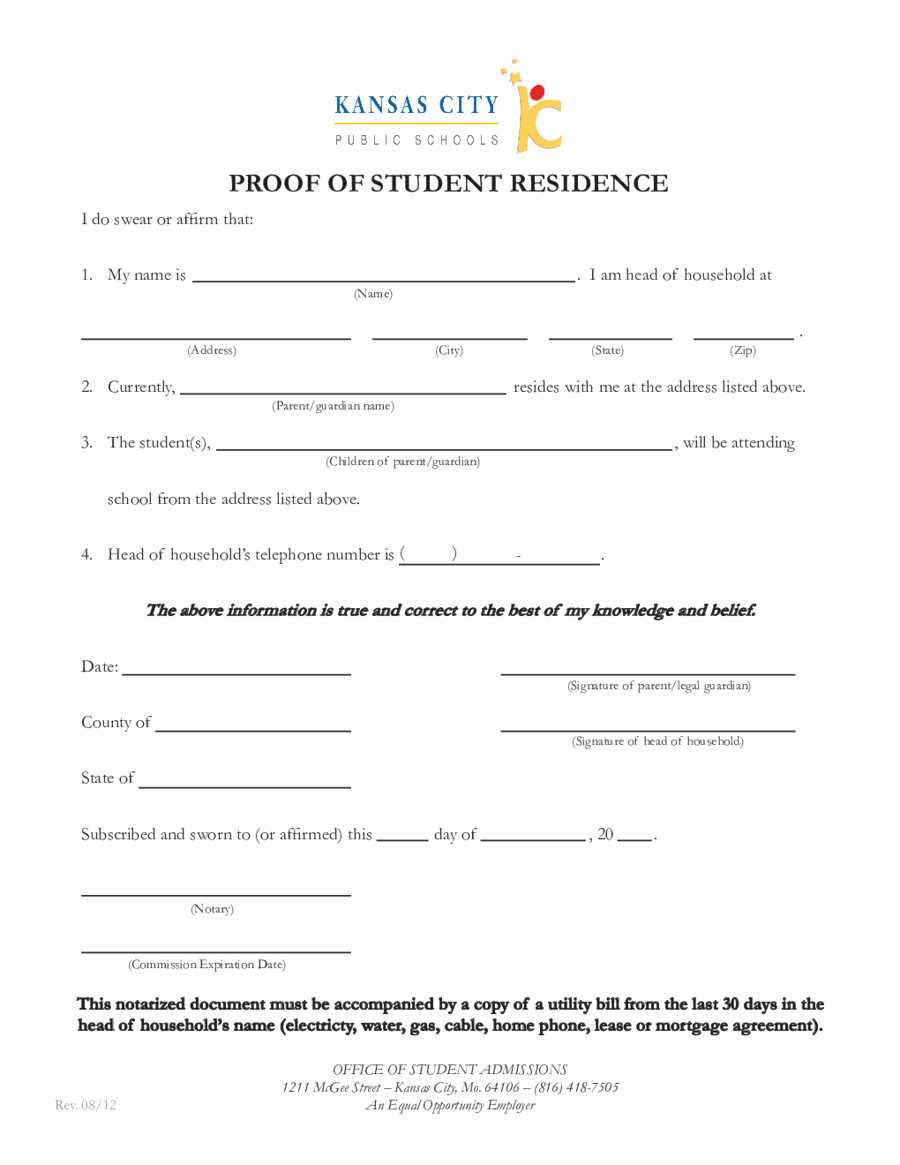
When preparing the statement, ensure it contains the following essential details:
- Full name of the child – Clearly state the child’s legal name.
- Guardian’s name – Include the full name of the responsible individual, typically the mother or father.
- Residential address – The full address where the child currently resides.
- Duration of stay – Specify how long the child has lived at this address.
- Relationship to the child – A brief description of the guardian’s relationship, such as “father” or “mother”.
Personalizing the Statement
While the details remain standard, it’s crucial to adjust the tone and language to suit the specific needs of the recipient. Whether it’s a school or government agency, ensure the language is clear and formal. Avoid unnecessary details or embellishments. Be concise while still being thorough.
Common Scenarios for Submitting Such a Document
This confirmation is frequently required for situations like:
- School registration
- Application for health benefits
- Government assistance programs
- Legal matters involving custody or guardianship
Legal and Practical Considerations
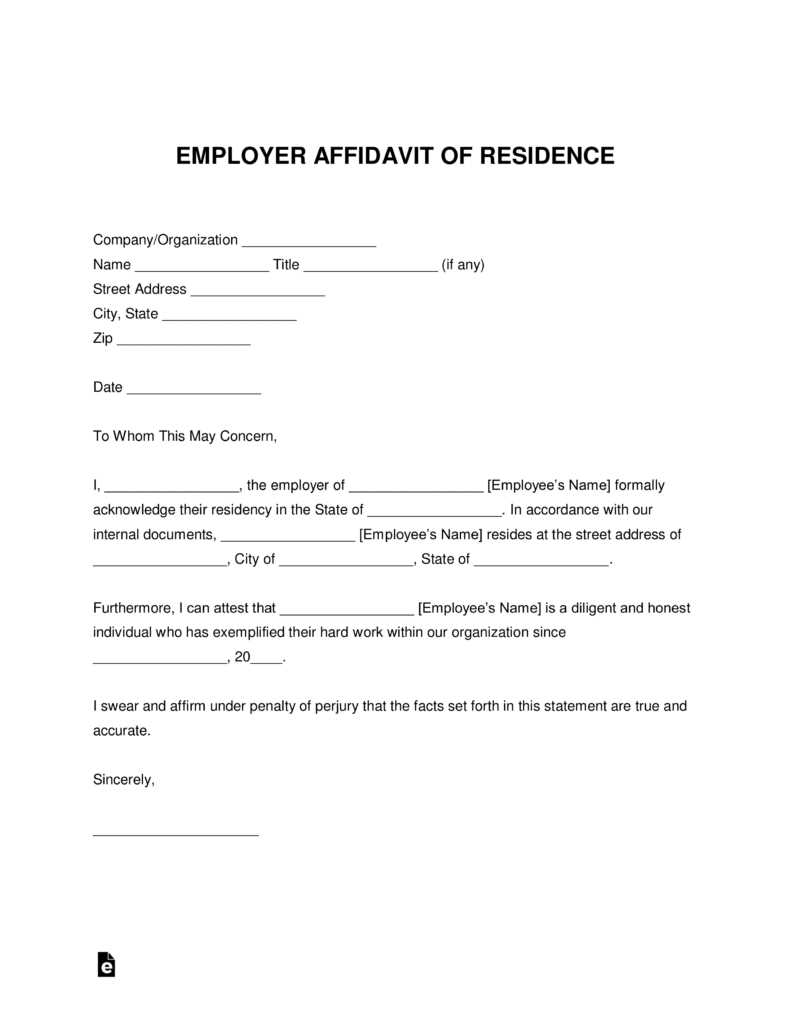
It is important to keep in mind that some organizations may request additional verification, such as utility bills or official letters addressed to the guardian at the specified address. Always check with the institution receiving the confirmation to ensure compliance with their requirements. Keep a copy of the signed document for future reference.
Understanding the Importance of a Residential Confirmation Document
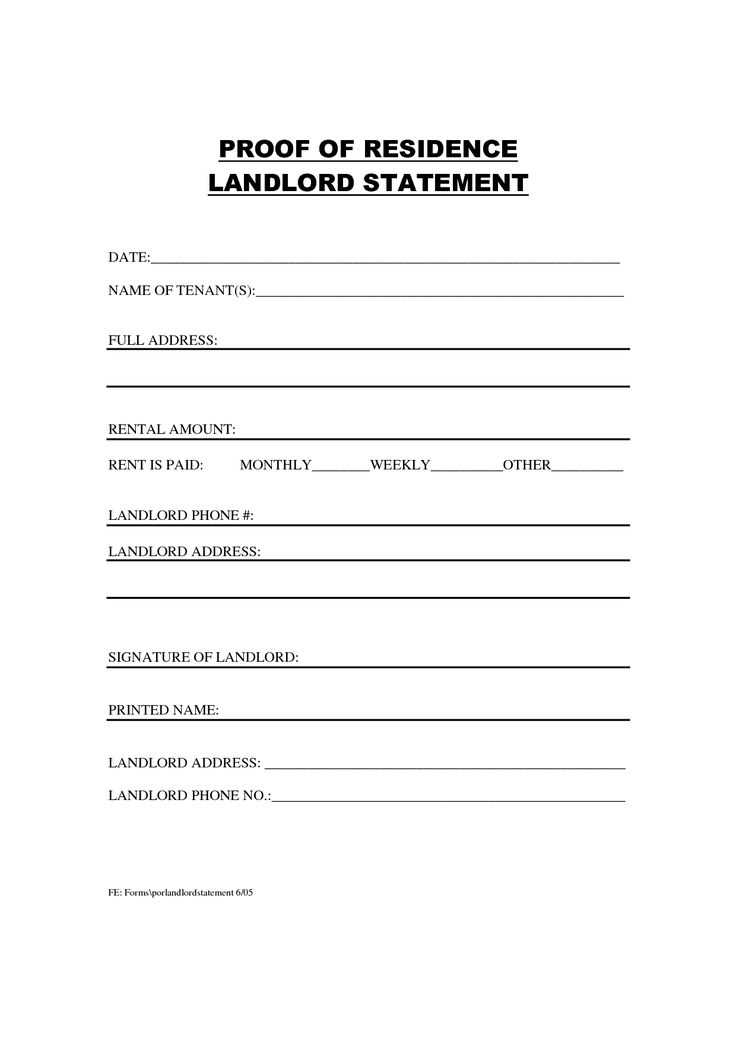
When required by schools, government agencies, or healthcare providers, a document confirming where a child resides becomes essential. This statement serves as a formal acknowledgment of the child’s living situation, ensuring that they are eligible for specific services or benefits. The guardian typically provides this information to verify the child’s current address.
Why Guardians Need to Submit Proof of a Child’s Living Situation
Guardians are often asked to provide such documents to establish that the child is residing at a specific address. This is important for enrollment in schools, applying for government aid, or gaining access to community resources. By providing this proof, the guardian ensures that the child can receive all necessary services and support based on their living arrangements.
Essential Details to Include in the Statement
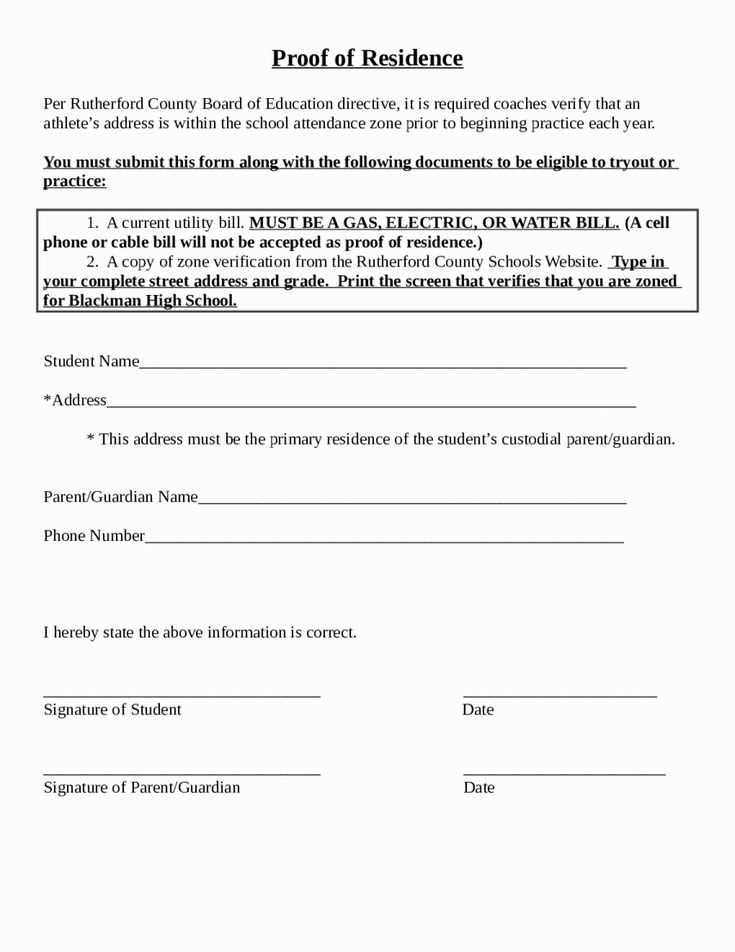
A complete and accurate document should contain:
- Child’s full name – This helps identify the individual for whom the statement is provided.
- Guardian’s information – The full name and relationship to the child should be clearly stated.
- Complete address – The exact location where the child is residing.
- Confirmation period – Specify how long the child has been living at this address.
Customizing the Confirmation Statement
When drafting this document, make sure to adjust it to the specific requirements of the requesting institution. Use formal language, but keep the statement straightforward and to the point. Different organizations may have slightly varying needs, so always tailor the content accordingly while maintaining clarity and accuracy.
Common Uses for a Residential Confirmation Document
Such a document is commonly required for:
- School registration or transfer
- Government assistance programs
- Healthcare eligibility verification
- Legal proceedings involving a child’s care or custody
Legal Considerations When Writing the Statement
It is essential to ensure that all provided details are accurate and truthful. Inaccurate information could lead to complications or even legal consequences. Always confirm the specific requirements of the receiving entity, as some may request additional documents like utility bills or signed affidavits to verify the child’s residence further.